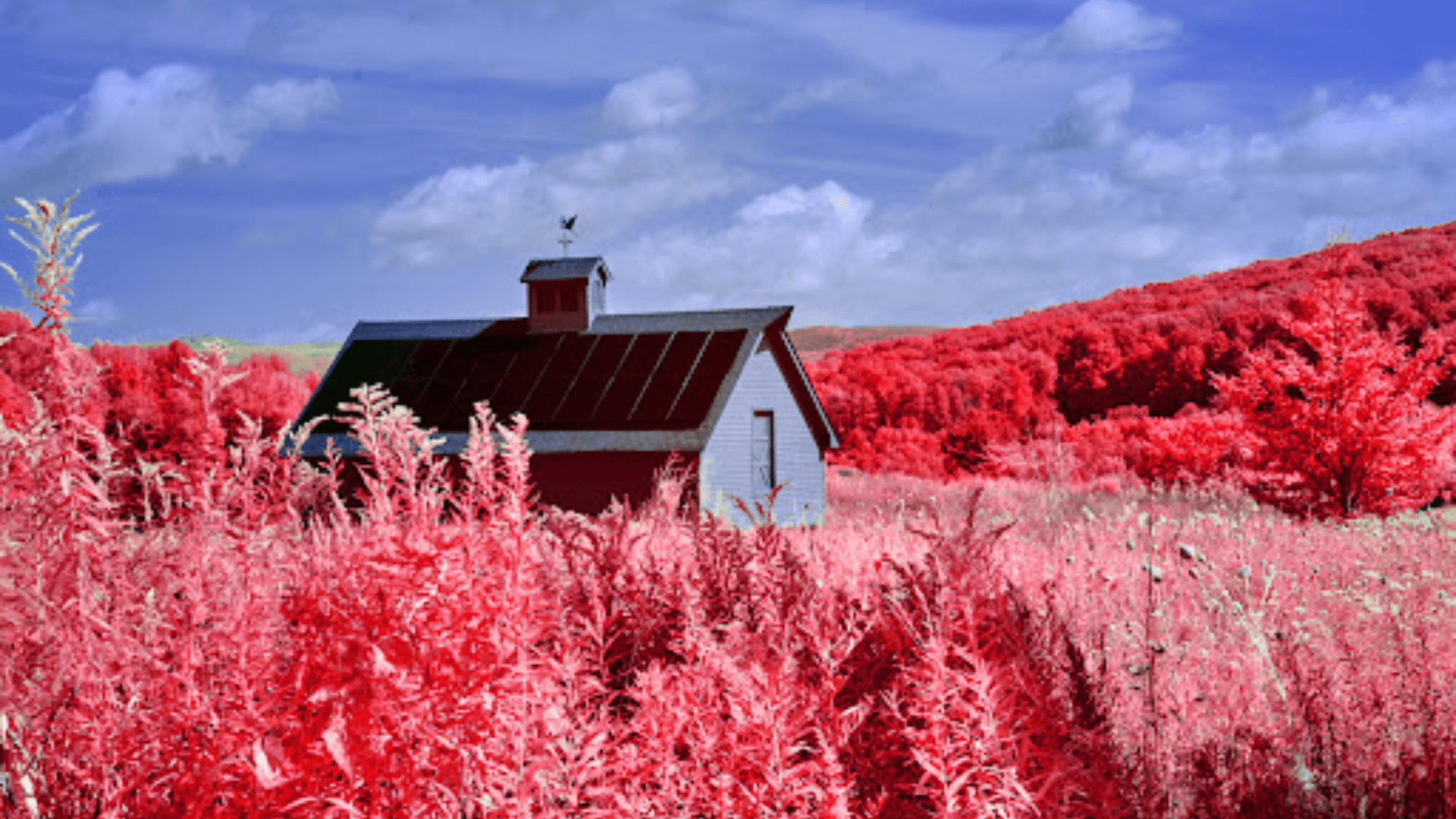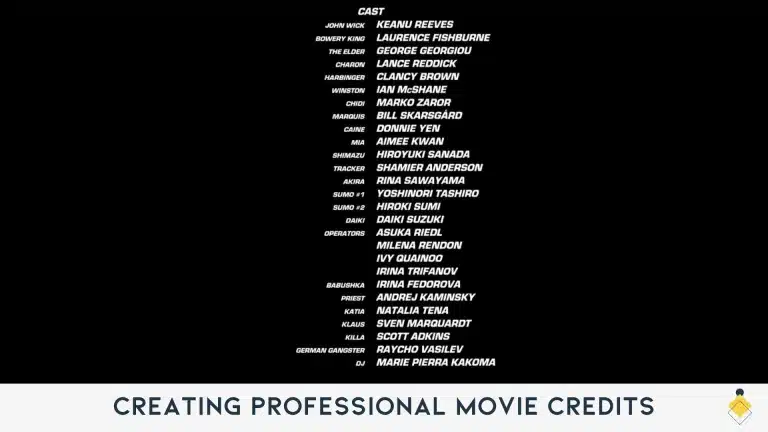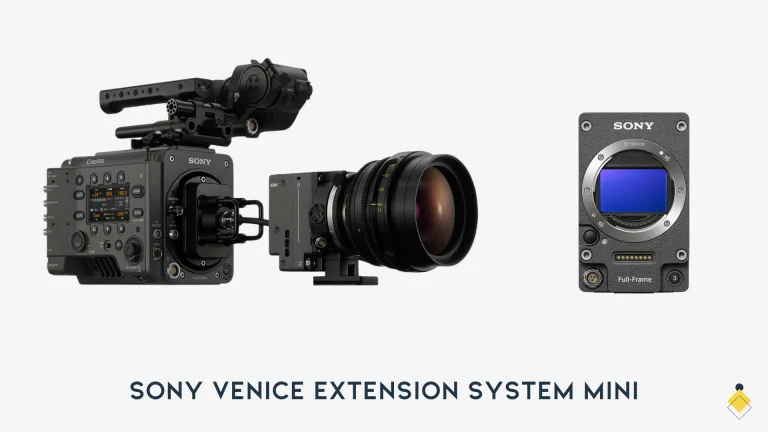Kodak Aerochrome is an iconic infrared film that became hugely popular among photographers before being discontinued in 2009. Often referred to simply as “aerochrome,” this film produces an otherworldly look that is instantly recognizable. In this article, we’ll take an in-depth look at the history, unique characteristics, and lasting impact of Kodak Aerochrome.
The aerochrome film was first introduced by Kodak in the 1940s for aerial reconnaissance and camouflage detection applications. It was an infrared-sensitive film designed to see through atmospheric haze and foliage to reveal details in the landscape. In the 1960s, Kodak made aerochrome available to the civilian market, where it quickly became prized for its dreamlike, sci-fi aesthetic.
What Makes Aerochrome Special
So what exactly gives aerochrome images their distinctive look? Aerochrome is a false-color infrared film. This means it records infrared light as well as visible light, but it renders the infrared component as vivid reds and pinks instead of actual infrared tones.
More specifically, Kodak Aerochrome III Infrared Film 1443 is a medium speed E-6 process film with an ISO of 400. It has an emulsion sensitive to light from the green, red and infrared regions of the spectrum. A yellow filter is incorporated into the film itself to block blue light.
This unique combination allows green foliage to be rendered as brilliant pinks and reds. Blue skies take on a pale turquoise cast. Skin tones appear lightened and flushed. The overall effect is a dreamlike hyper-reality that is instantly recognizable as the aerochrome look.
Setting Up and Shooting Aerochrome
As an E-6 slide film, aerochrome required a bit more care to shoot compared to standard color negative films. One of the most important steps is allowing the film to gradually warm up to room temperature before shooting. Opening a canister that is cold from storage can lead to cracked emulsion.
Once loaded into your camera, aerochrome could be used in daylight without any additional filters. But for more dramatic infrared effects, most photographers opted to use colored lens filters. An orange or red filter boosted foliage colors even further into hyper-saturated pinks and magentas. A blue or green filter darkened skies for an ominous mood.https://artistichive.com/5-free-ways-to-make-a-color-palette/
Determining the correct exposure with aerochrome took some trial and error. We tested the film and found the Kodak Aerochrome III to be slightly slower than its ISO 400 rating. Metering was also tricky. Settings for green grass would often overexpose skies. Ultimately the dynamic range of slide film limited the contrasty scenes that could be captured. But when you got it right, the otherworldly images were well worth the effort.
The Rise and Fall of an Iconic Film
Photographers embraced aerochrome for its ability to render scenes in an entirely new way. The heightened colors and ethereal glow transcended reality. Aerochrome reached the height of its popularity in the 1990s when stocks were plentiful and labs were familiar with the film.
However, the ultimately limited production of this specialist film and the decline of film processing infrastructure led to its discontinuation in 2009. Kodak cited shrinking demand as digital infrared techniques became more accessible. Prices shot upward for the dwindling stocks of existing aerochrome film.
Recreating the Aerochrome Look Digitally
Today, the aerochrome aesthetic lives on through digital infrared techniques. While not exactly the same as the original film, modern camera sensors and post-processing make it possible to emulate much of that signature aerochrome vibe.
Digital cameras can be used with specialized infrared filters to block visible light. Shooting infrared this way captures lush pink foliage, glowing skin tones and hyper-real color shifts. Converting the RAW files to monochrome then tinting the tones red mimics the falsche color effect. Increased saturation and contrast enhance the vividly surreal qualities.
While costly and cumbersome compared to aerochrome, these digital methods provide the closest approximation currently available. For those never able to shoot the original film, it offers a way to play with the creative possibilities of infrared.

The Lasting Impact of Aerochrome
Although aerochrome had a relatively short lifespan in the scope of photography history, its impact was significant. Kodak produced the film from the 1940s well into the 21st century, allowing generations of photographers to experiment with infrared techniques.
Aerochrome images have graced the pages of National Geographic, inspired fashion editorials, and been used by artists like David LaChapelle. The signature look influenced photography and filmmaking. Terry Gilliam cited aerochrome as an inspiration for the dream sequences in Fear and Loathing in Las Vegas.
Beyond the technical innovations, aerochrome introduced viewers to a way of seeing the world transformed. Familiar places like a neighborhood street or local park took on an otherworldly new reality when captured on this film. It sparked imaginations and opened creative doors for both photographers and audiences.
Even for those who never actually used the original film, Kodak Aerochrome endures as an iconic emulsion. Its characteristic hues are now synonymous with altered infrared vision. For generations to come, aerochrome will be remembered for its role in expanding photographic possibilities.
Shooting Aerochrome Today
So is it still possible to shoot with the legendary film today? Aerochrome is no longer being produced, so existing stock is very limited. Unexposed 35mm rolls still surface at online auctions and specialty retailers, but they don’t come cheap. Expect to pay $50 or more per roll, with no guarantee the film hasn’t expired.
Another obstacle is getting it processed. There are very few labs still offering E-6 slide processing, let alone familiar with the quirks of cross-processing infrared film. It requires expertise that is increasingly scarce.
For those determined to experience original aerochrome, the most reliable option is to purchase professionally processed and mounted slides. These can often be found at vintage photography stores and online marketplaces. Expect to pay a premium, but you’ll get guaranteed shots with the true aerochrome look.
The gear required – a film SLR and the accessories for shooting infrared – is also harder to come by in the digital age. But for some, the magic of experiencing even just a few frames direct from this legendary film is worth the effort and expense required.
The Qualities that Made Aerochrome So Special
What exactly made aerochrome stand out so starkly from traditional color film? Here are some of the unique qualities that photographers loved about Kodak Aerochrome:
Surreal, Vivid Colors The way aerochrome rendered reds and pinks was simply not possible with natural color film. Green grass became hyper-saturated pink. Blue skies swirled with a hint of magenta. The overall palette evoked an otherworldly alternate reality.
Dreamlike Tonal Glow In addition to the bold shifted colors, aerochrome had a soft, ethereal glow to it. Tones seemed to radiate as if lit from within. The effect was often described as dreamlike.
Infrared Capabilities Aerochrome allowed photographers to capture wavelengths of infrared light that the human eye cannot see. This revealed living elements like foliage and skin in a radically transformed view.
False Color Rendering Unlike black and white infrared film, aerochrome rendered its infrared sensitivity as vivid reddish hues rather than dark tonal values. This “false color” approach emphasized a surreal hyper-reality.
React with Colored Filters The way aerochrome reacted with different colored filters, such as blue or orange, added more dimensions for manipulating the final image. Different filters strengthened certain color channels in unusual ways.
Range of Creative Possibilities While some dismissed aerochrome as a gimmick, skilled photographers could use it for serious creative impact. When harnessed effectively, the film opened new doors for conceptual and artistic uses.
Visual Cues and Cultural Associations Beyond the technical qualities, aerochrome also tapped into culture. The signature hues evoked concepts like retro-futurism, psychedelia, and surrealism. It carried visual cues that felt both familiar and strange.
These traits together gave aerochrome its instantly recognizable signature that left a lasting impression on all who used it. It offered access into a terra incognita visualized in an entirely new way.

Tips for Shooting Kodak Aerochrome Film
For photographers lucky enough to get their hands on the now-discontinued Kodak Aerochrome infrared film, here are some handy tips:
- Store unexposed film in the refrigerator and allow it to gradually warm up to room temperature over several hours before opening the canister. This prevents cracking of the emulsion.
- Use an SLR camera with TTL metering. This makes determining exposure easier compared to non-automated cameras.
- Meter your shots based on the green grass, not the sky. Aerochrome tends to overexpose skies if you meter for foliage and vegetation.
- An orange or red filter on your lens will boost the pink and magenta tones in the final images.
- Bracket your shots at different exposures to allow for the limited dynamic range of a slide film.
- For maximum infrared effects, try shooting on bright sunny days or under direct sunlight. Overcast and low light conditions tend to mute the unique properties of the film.
- Don’t be afraid to push process if needed. We’ve found you can push aerochrome half a stop to ISO 500 and get usable results.
- Look for a lab experienced in processing E-6 slide films, or be prepared to do your own slide processing. Aerochrome is best not trusted to typical C-41 color negative labs.
- Experiment with different colored filters to see how they shift the final image. An 80A blue filter will darken skies dramatically for a moody look.
- Shoot some test rolls first before committing to important photo shoots. Get a feel for how the film responds to different lighting conditions.
- Embrace the ethereal glow and altered colors. Don’t try to make aerochrome images look like normal photos – their beauty lies in their surreal transformations.
Conclusion
Kodak Aerochrome offered photographers the chance to see the world in a vivid surreal palette that was simply unmatched by conventional films. Its signature hues stretched reality into hypercolor dreamscapes. Though challenging to shoot, aerochrome rewarded dedicated practitioners with imagery that transcended the everyday. Even years after its discontinuation, the unique aesthetic of this film continues to resonate. Photographers today aim to emulate its distinctive infrared mystique through digital methods. But there is still something magical about the original Kodak Aerochrome film that cemented its status as an iconic emulsion. Its cult following persists, as its otherworldly images endure as a testament to just how wildly creative film photography could be.
FAQ – Kodak Aerochrome
Kodak Aerochrome is a legendary color infrared film that was renowned for producing surreal and vibrant images with a unique otherworldly quality.
Unfortunately, Kodak Aerochrome film has been discontinued, so it’s very rare to find and can be quite expensive if you manage to track some down.
Kodak Aerochrome film is a color infrared film, which means it is sensitive to infrared light and renders it as a range of vibrant pinks, purples, and blues, creating a distinct and surreal look in images.
Some well-known photographers, such as Richard Mosse, have used Kodak Aerochrome to capture striking images, especially in documenting places like the Congo, where the film’s unique characteristics provide an exceptional and haunting portrayal of the landscape.
Kodak Aerochrome film can be used with a variety of cameras, but it’s often favored by photographers using medium format cameras like Hasselblad or Xpan for its rich colors and fine grain.
Absolutely, Kodak Aerochrome film can produce stunning and dreamy images that are perfect for lomography, lending a creative and otherworldly touch to your shots.
The film’s sensitivity to infrared light allows it to emphasize certain colors, creating a false-color reversal effect and producing surreal and vivid imagery, especially in greenery-filled landscapes like forests.
While processing and scanning Kodak Aerochrome film requires specific expertise due to its unique characteristics, there are labs and services that specialize in handling and processing this type of film.
Yes, companies like Lomography have created their own version of color infrared film called LomoChrome Purple, which aims to offer a similar surreal and dreamlike color palette.





